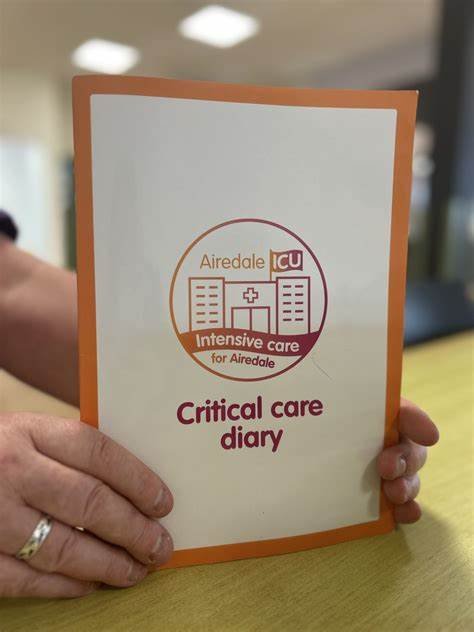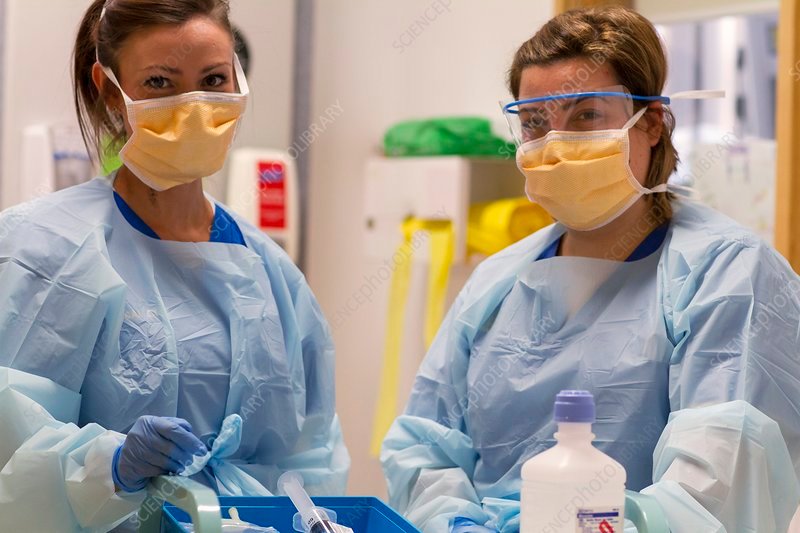Providing the best care for intensive care patients requires attention, compassion, and knowledge. Understanding the best practices for intensive care patient care ensures patients receive the support they need for recovery. Here are some essential tips to follow.
Focus on Patient Comfort
Maintain a Clean Environment
A clean environment is vital for intensive care patients. Regularly sanitize the space to prevent infections. Ensure the bed, equipment, and room are spotless and free from unnecessary items.
Adjust for Comfort
Patients in intensive care often spend long periods in bed. Use pillows and adjustable beds to keep them comfortable. Check for pressure sores and change positions frequently to avoid discomfort.

Effective Communication
Talk Clearly and Calmly
Communicating with patients in a clear and calm manner is crucial. Even if they are unable to respond, speaking softly and positively helps them feel reassured and cared for.
Involve Family
Family involvement is one of the best practices for intensive care patient care. Allow family members to visit, share comforting words, and participate in care whenever possible.
Monitor Health Closely
Track Vital Signs
Monitoring vital signs, such as heart rate, blood pressure, and oxygen levels, is essential. Keep a regular schedule for checks and report any unusual changes to the medical team immediately.
Observe Pain Levels
Patients in intensive care may not always express their pain clearly. Look for signs like restlessness or facial expressions. Address pain promptly by consulting the medical team.
Nutrition and Hydration
Provide Balanced Meals
If the patient can eat, ensure they receive balanced meals with proteins, vitamins, and minerals. Proper nutrition supports healing and gives them the energy to recover.
Ensure Adequate Hydration
Staying hydrated is another important part of best practices for intensive care patient care. Offer water or fluids as recommended by the doctor. If the patient cannot drink, ensure they receive fluids through medical means.
Emotional Support
Be Present
Sometimes, being there is the best support. Sit with the patient, hold their hand, or offer a kind smile. Your presence can help them feel less alone and more hopeful.
Encourage Positivity
Positive reinforcement can uplift the patient’s mood. Use kind words and encourage them to focus on small improvements. A positive attitude often leads to better recovery outcomes.
Physical Activity
Encourage Movement
If allowed, help the patient engage in light movements, like sitting up or stretching. Gentle exercises improve circulation and prevent stiffness. Always follow medical advice when encouraging activity.
Use Physical Therapy
Physical therapy is a key part of recovery. Work with a therapist to create a plan tailored to the patient’s needs. This ensures safe and effective progress.
Follow Medical Advice
Administer Medications Properly
Ensure the patient takes medications at the right time and in the correct dose. Keep a record to avoid missed doses and inform the medical team of any side effects.
Attend Check-Ups
Follow-up appointments are critical for tracking progress. Ensure the patient attends all scheduled visits and communicates any concerns to the healthcare provider.
Reduce Stress
Create a Peaceful Environment
Keep the room quiet and soothing. Reduce loud noises, dim harsh lights, and play soft music to create a calming atmosphere.
Use Relaxation Techniques
Help the patient practice relaxation techniques like deep breathing or visualization. These methods reduce anxiety and improve mental well-being.
Engage the Patient
Encourage Conversations
When the patient is awake, engage them in conversations about familiar and positive topics. This helps them stay mentally active and connected to their surroundings.
Provide Entertainment
Books, music, or television can provide a welcome distraction. Choose light and enjoyable options that suit the patient’s preferences.
Work as a Team
Coordinate with Medical Staff
Caregiving is a team effort. Regularly communicate with doctors and nurses to ensure the patient receives consistent and effective care.
Share Responsibilities
If multiple caregivers are involved, share tasks to avoid burnout. Assign specific duties to ensure all aspects of care are covered.
Conclusion
Caring for intensive care patients requires attention to detail and compassion. By following these best practices for intensive care patient care, families and caregivers can create a supportive environment that aids recovery. From maintaining comfort to monitoring health and providing emotional support, every step contributes to better outcomes.











